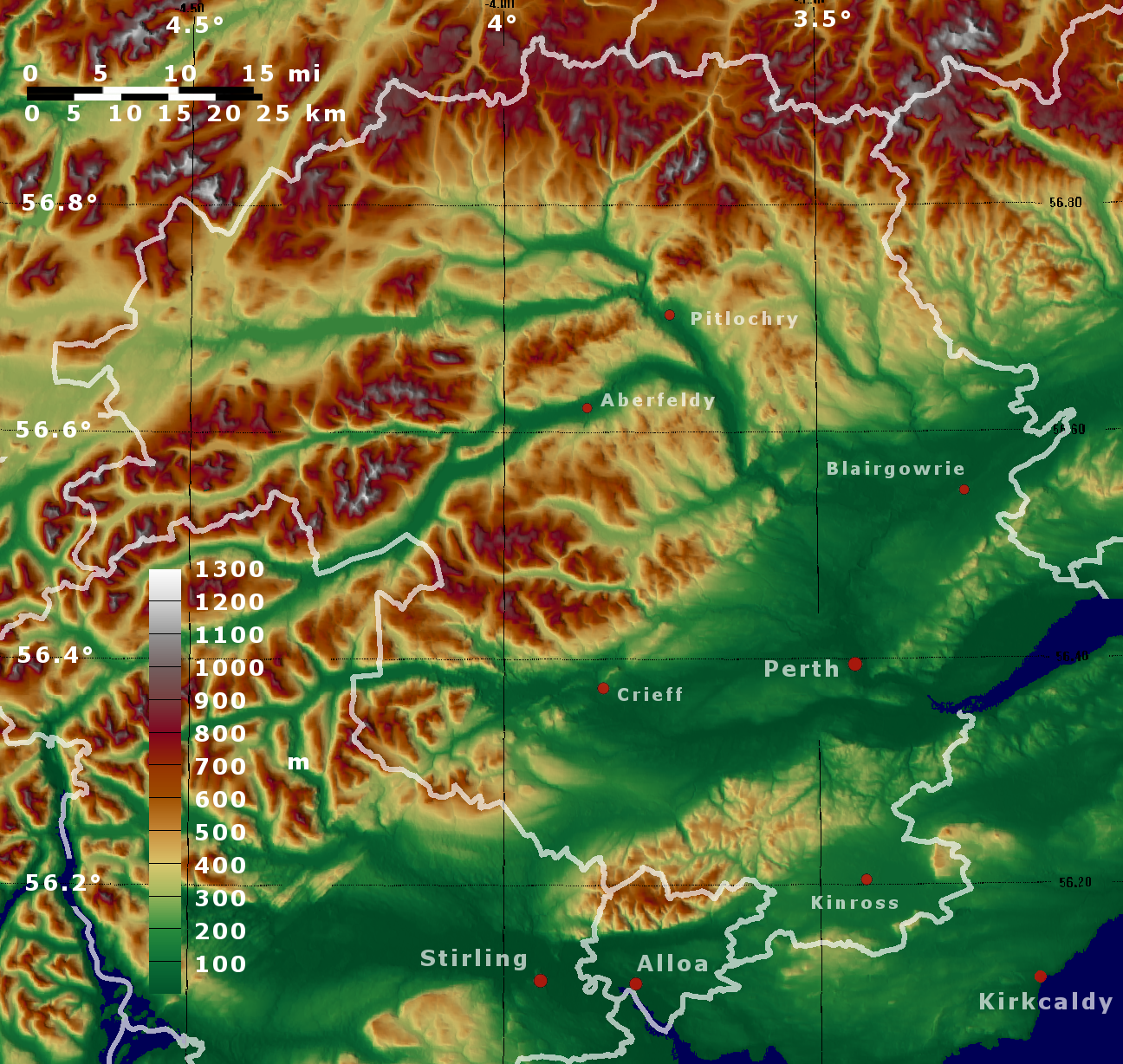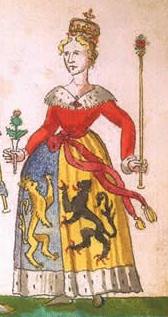|
Errol, Perthshire
Errol is a village in Perth and Kinross, Scotland, about halfway between Dundee and Perth. It is one of the principal settlements of the Carse of Gowrie. It lies just north of the River Tay. The 2016 population of Errol was estimated to be 1,500 persons, compared to 1,070 in the 2001 Census and 1,311 in the 2011 Census. Errol village is in the Carse and Gowrie electoral ward of the Perthshire North Scottish parliamentary constituency and in the Tayside Health Board area. Errol is twinned with Mardié, a village on the Loire near Orléans in France. Errol is surrounded by agricultural flat fields and has a prominent attractive location above the Firth of Tay within this setting. Errol is known for its reeds, which used to be collected up to a few years ago to make thatched roofs. These reeds grow in the banks of the River Tay and act as home to a fairly uncommon bird called the bearded tit or bearded reedling. Errol has a large church, built in 1831, known as the "Cathed ... [...More Info...] [...Related Items...] OR: [Wikipedia] [Google] [Baidu] |
Perth And Kinross
Perth and Kinross (; ) is one of the 32 council areas of Scotland, and a Lieutenancy areas of Scotland, lieutenancy area. It is bordered by Highland (council area), Highland and Aberdeenshire to the north, Angus, Scotland, Angus, Dundee, and Fife to the east, Clackmannanshire to the south, and Stirling (council area), Stirling and Argyll and Bute to the west. Geographically the area is split by the Highland Boundary Fault into a more mountainous northern part and a flatter southern part. The northern area is a popular tourist spot, while agriculture makes an important contribution to the southern part of the area. The area is run by Perth and Kinross Council, which is based in Perth, Scotland, Perth. History The area takes its name from the two historical Shires of Scotland, shires of Perthshire and Kinross-shire. Each was administered by a Sheriff principal, sheriff from medieval times, supplemented by Commissioners of Supply, commissioners of supply from 1667 and then by a ... [...More Info...] [...Related Items...] OR: [Wikipedia] [Google] [Baidu] |
James II Of Scotland
James II (16 October 1430 – 3 August 1460) was King of Scots from 1437 until his death in 1460. The eldest surviving son of James I of Scotland, he succeeded to the Scottish throne at the age of six, following the assassination of his father. The first Scottish monarch not to be crowned at Scone, James II's coronation took place at Holyrood Abbey in March 1437. After a reign characterised by struggles to maintain control of his kingdom, he was killed by an exploding cannon at Roxburgh Castle in 1460. Life James was born in Holyrood Abbey. He was the son of King James I and Joan Beaufort. By his first birthday, his only brother, his older twin, Alexander, had died, thus leaving James as heir apparent with the title Duke of Rothesay. On 21 February 1437, James I was assassinated, and the six-year-old James immediately succeeded him as James II. He was crowned in Holyrood Abbey by Abbot Patrick on 25 March 1437. On 3 July 1449, the eighteen-year-old James married t ... [...More Info...] [...Related Items...] OR: [Wikipedia] [Google] [Baidu] |
John Bartholomew
John Bartholomew Jr (25 December 1831 – 30 March 1893) was a Scottish cartographer. Life Bartholomew was born in Edinburgh, Scotland. His father, John Bartholomew Sr, started the cartographical establishment in Edinburgh, and he was trained in the firm. He was subsequently assistant to the German geographer August Petermann, until 1856 when he took up the management of his father's company. For this establishment, Bartholomew built up a reputation unsurpassed in Great Britain for the production of the finest cartographical work. He is best known for the commercial development of colour contouring (or hypsometric tints), the system of representing altitudes on a graduated colour scale, with areas of high altitude in shades of brown and areas of low altitude in shades of green. He first showcased his colour contouring system at the Paris Exhibition of 1878; although it was initially met with skepticism, it went on to become a standard cartographical practice. Among his nume ... [...More Info...] [...Related Items...] OR: [Wikipedia] [Google] [Baidu] |
Francis Hindes Groome
Francis Hindes Groome (30 August 1851 – 24 January 1902) was a writer and foremost commentator of his time on the Romani people, their language, life, history, customs, beliefs, and lore. He was the son of Robert Hindes Groome, Archdeacon of Suffolk. Life Groome was born at his father's rectory in Monk Soham, Suffolk, on 30 August 1851. He was educated at Ipswich School, where his lifelong interest in Romanies was sparked, and continued at Oxford University. He left Oxford without taking a degree, spent some time at the University of Göttingen, in Germany, and then for six years lived with Romani at home and abroad. He married a woman of Romani blood, Esmeralda Locke, in 1876 and settled down to regular literary work in Edinburgh. Groome contributed generously and on a variety of subjects to such publications as the ''Encyclopædia Britannica'', the ''Dictionary of National Biography'', ''Blackwood's Magazine'', the ''Athenaeum'', ''Johnson's Universal Cyclopedia'', '' ... [...More Info...] [...Related Items...] OR: [Wikipedia] [Google] [Baidu] |
Savings Bank
A savings bank is a financial institution that is not run on a profit-maximizing basis, and whose original or primary purpose is collecting deposits on savings accounts that are invested on a low-risk basis and receive interest. Savings banks have mostly existed as a separate category in Europe. Savings banks originated in late-18th century Europe as a development of the Enlightenment, and became a Europe-wide phenomenon in the first half of the 19th century. The trajectories of savings bank systems then diverged across European nations, variously leading to the formation of integrated banking groups, cohesive national networks, conversion into cooperative banking or commercial banking entities, and/or piecemeal consolidation with other credit institutions. In most countries, the surviving savings banks have private-sector status and no longer operate under a distinctive legislative framework; significant exceptions include Germany and Luxembourg, where savings banks are public ... [...More Info...] [...Related Items...] OR: [Wikipedia] [Google] [Baidu] |



